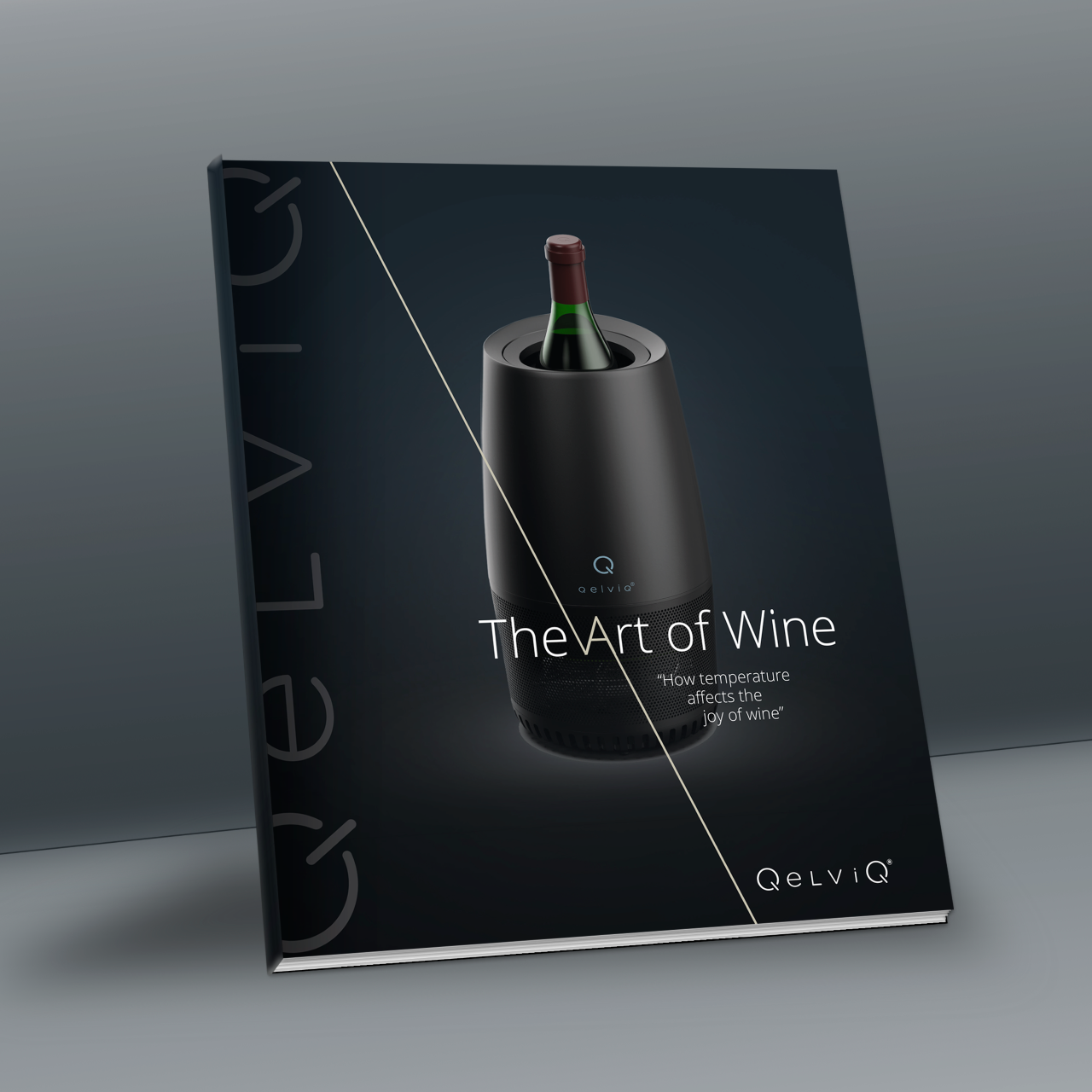December 07, 2022
Top 9 things people do wrong when serving wine
-
Not Storing Wine Properly:. When it comes to the proper storage of wine, temperature is one of the most important factors. It’s best to store your wines in a cool, dark place away from direct sunlight or heat sources like a radiator. The ideal temperature for storing wine is around 55 degrees Fahrenheit. If the temperature rises too high above this level, it can damage the flavors and aromas of the wine and accelerate aging. On the other hand, if it gets too cold then there will be no risk of damage but you may miss out on some of its flavor nuances.
In addition to temperature, humidity plays an important role in how well your wines are stored over time, around 70% is the average. Too much humidity can damage corks, while too little can cause them to dry out and shrink, allowing oxygen to enter the bottle and spoil the wine.
Finally, light is also important in storing your wines correctly. Light exposure will not only destroy aromas and flavors of your wine but can also be a source of heat which could further accelerate aging. That’s why it’s best to store wines away from direct light sources like windows or kitchen lighting.
- Serving Wine Too Warm or Too Cold – One of the biggest mistakes made, and truly affecting your taste, is not serving your wine at the optimal temperature. When served too cold, it will numb your taste buds and suppress some of the subtler tastes and aromas in the wine while emphasizing acidity. If served too warm, alcohol levels become more intense, leaving you with a strong alcoholic burn instead of balanced flavors. Either way, serving wines outside this temperature range can take away from the overall complexity and enjoyment of the bottle. It is important to remember that different types of wines should be served at different temperatures for optimal flavor experience. White wines should generally stay around 45-50 degrees Fahrenheit, whereas red wines taste best when served at around 65-68 degrees Fahrenheit. Sparkling and dessert wines should be served at a slightly cooler temperature of around 40-45 degrees Fahrenheit. Taking the time to ensure that your stored and served wine is kept at an optimal temperature will help to ensure that you are getting the best experience from each bottle.

- Cork Taint: This is one of the most common causes of a bad taste in wine, and it’s caused by a chemical compound called TCA (trichloroanisole). It can be difficult to detect but will cause the wine to have an unpleasant smell and taste. Unfortunately, there’s no way to fix cork taint once it has affected the bottle of wine.
- Over-exposure to Air : When wine is exposed to air for too long, it can have a negative effect on its taste. This happens because oxidation occurs when oxygen interacts with the flavor compounds in the wine. Oxidation breaks down these flavor compounds, resulting in a noticeably sour or bitter taste. In addition, excessive exposure to air causes evaporation of some of the volatiles found in wine which results in a substantial decrease in aroma and bouquet intensity. Even if the color of oxidized wines may not show any difference from those stored properly, their overall taste will suffer greatly due to oxidation. Using a vacuum pump or other kind of stopper is a great way to preserve the freshness of an open bottle.
- Serving Expired Wine : Many people do not realize that certain types of wine have a finite shelf life, which means they must be consumed within a certain time frame or else their quality will start to decline. The shelf life of a bottle of wine can depend on several factors, such as the type of grape used to make it, how it was stored before you bought or opened it and how you are storing it now. A few things to keep in mind. Check the label. Many wines will come with a label that specifies the recommended “Drink By” date. This indicates the optimal time-frame for consuming the bottle to get its best flavor notes and qualities. That said, many wines often last longer than this date if properly stored. And consider the type of wine. Different types of wine last for different amounts of time. For example, sparkling wines tend to spoil more quickly than other types due to their carbonation going flat over time. Generally speaking, white wines have a shorter shelf life while reds are able to last longer since they contain stronger tannins and flavors.
- Not Decanting - Though not necessary for all wines, many require decanting in order to fully open up. Decanting is a process of pouring wine into another vessel (decanter) and allowing the liquid to breathe. This allows for an optimal release of aromas and flavors that can't be achieved when served straight from the bottle.
- Serving Too Small of Pours - Serving small pours can leave you feeling unsatisfied and wanting more, especially if the wine you’re drinking is of higher quality. Serving a generous pour will give your guests the opportunity to savor the complex aromas and flavors without running out too soon. Cheers!
-
Serving in the Wrong Glassware: The right glassware plays a major role in getting the most out of a bottle of wine. Different grapes and styles of wine require specific types of glasses in order to bring out their aromas and flavors. For example, a quintessential Bordeaux blend or Cabernet Sauvignon would be best served in a large, wide-bowled red wine glass. Serving up a robust Burgundy or Pinot Noir? Reach for the slender, tulip-shaped glasses.
- Serving Wine Too Young: Serving wine too young can leave you missing out on its potential - think of it like an unripe fruit that hasn’t had time to mature or develop its flavour. It's important to have a basic understanding of how long different wines need to age before being served. Red wines are typically aged longer than white wines and sparkling varieties generally don't need any aging at all. Tannins are a major factor in how a wine ages, as they give the drink its complexity and structure, so high tannin reds like cabernet sauvignon or syrah should definitely be cellared for several years before drinking. Low tannin reds like pinot noir require less time in cellar but will still benefit from some aging. White wines usually don't last as long as their red counterparts, and should generally be served within a few years of their release. Champagne and sparkling wines are usually ready to drink right away, but they can benefit from aging if given the chance. Serving wine too young can also lead to bottle shock, which is caused by sudden changes in temperature or pressure such as those encountered during shipping. Bottle shock can make wines taste flat or off balance, so it's important to give them some time to settle before serving them. All in all, understanding when a wine is ready to drink is an important part of the wine drinking experience.

Wine lover? Want to learn even more? Download your FREE 64 page e-book!

"Hi l am Wim, sommelier, and wine enthusiast just like you! My fellow sommeliers understand the importance of serving wine at the correct temperature. They know that if wine is too warm, it will lose its flavors and complexities, and if wine is served too cold, it will numb your taste buds. A few world renown sommeliers and myself will explain this further, and share some interesting (taste) case studies."
